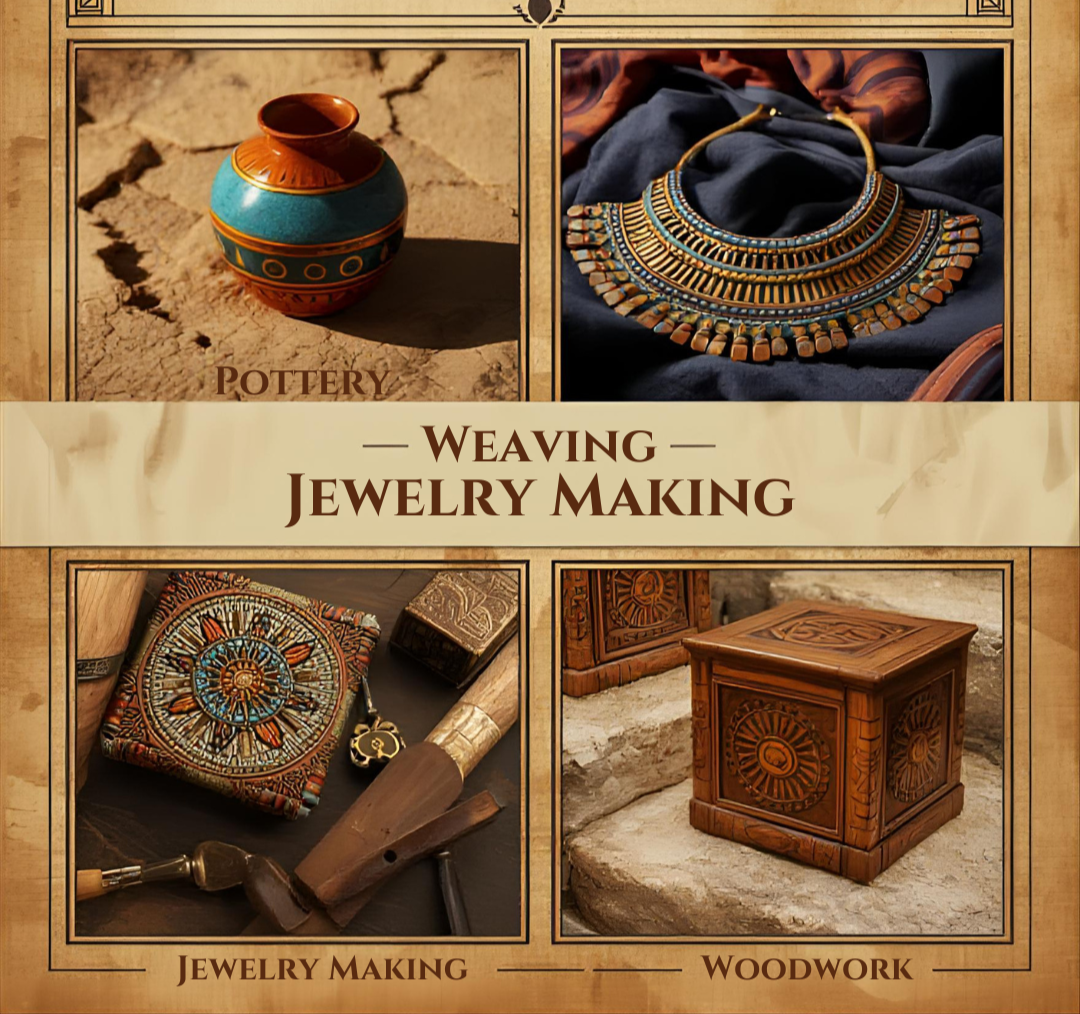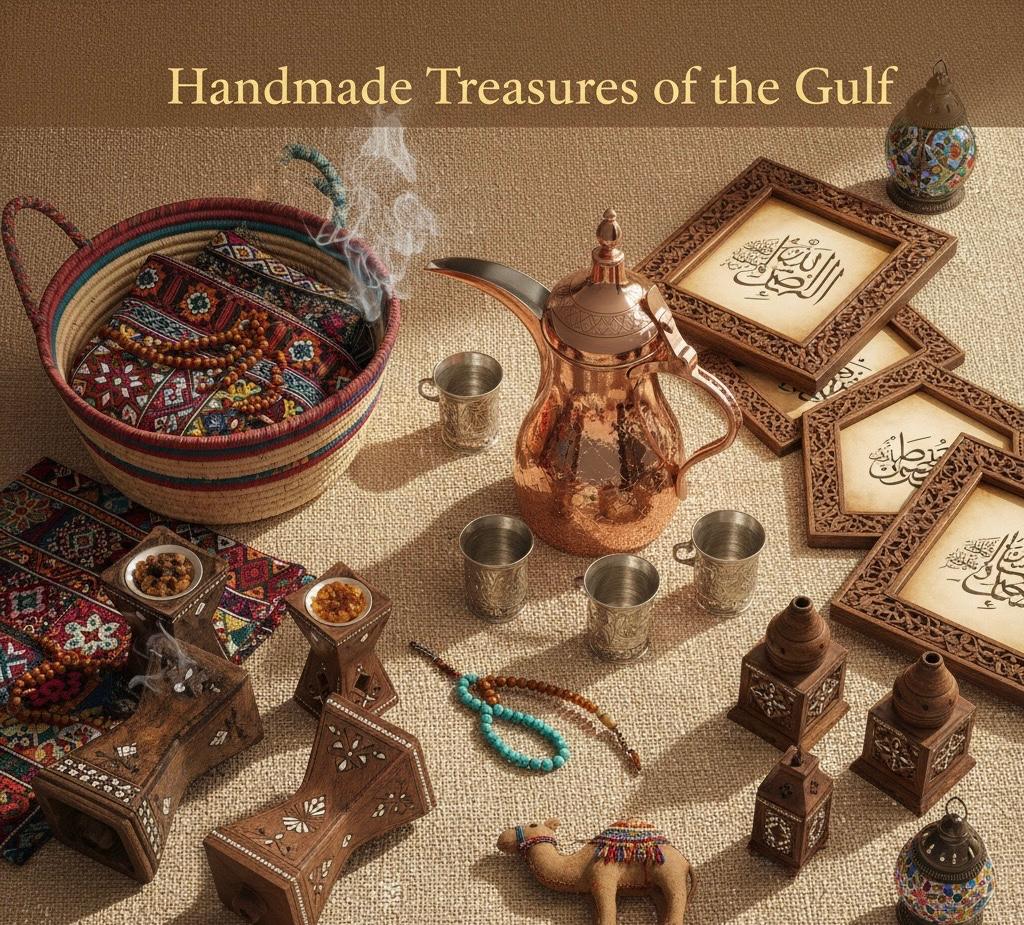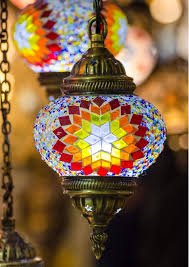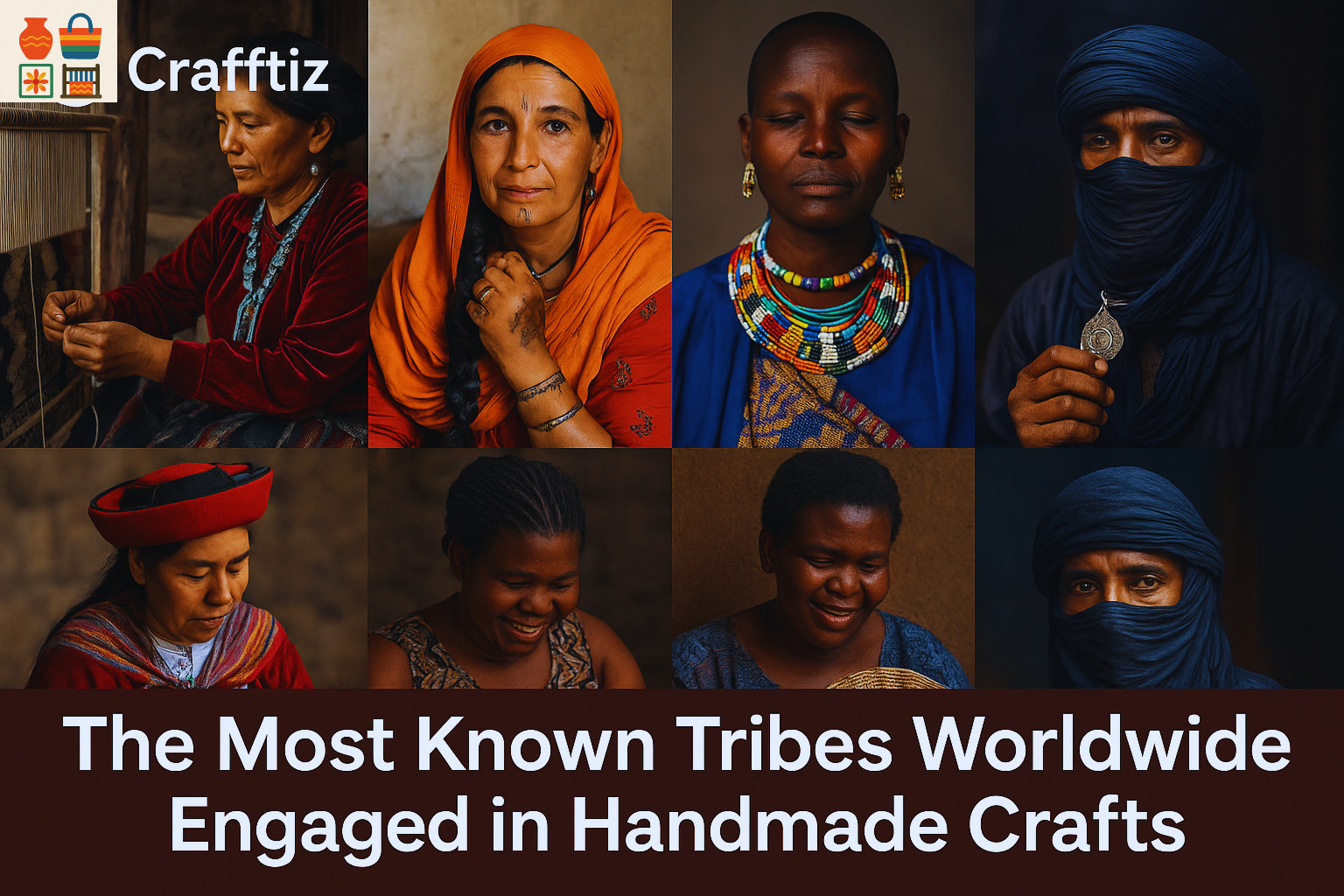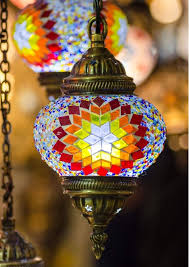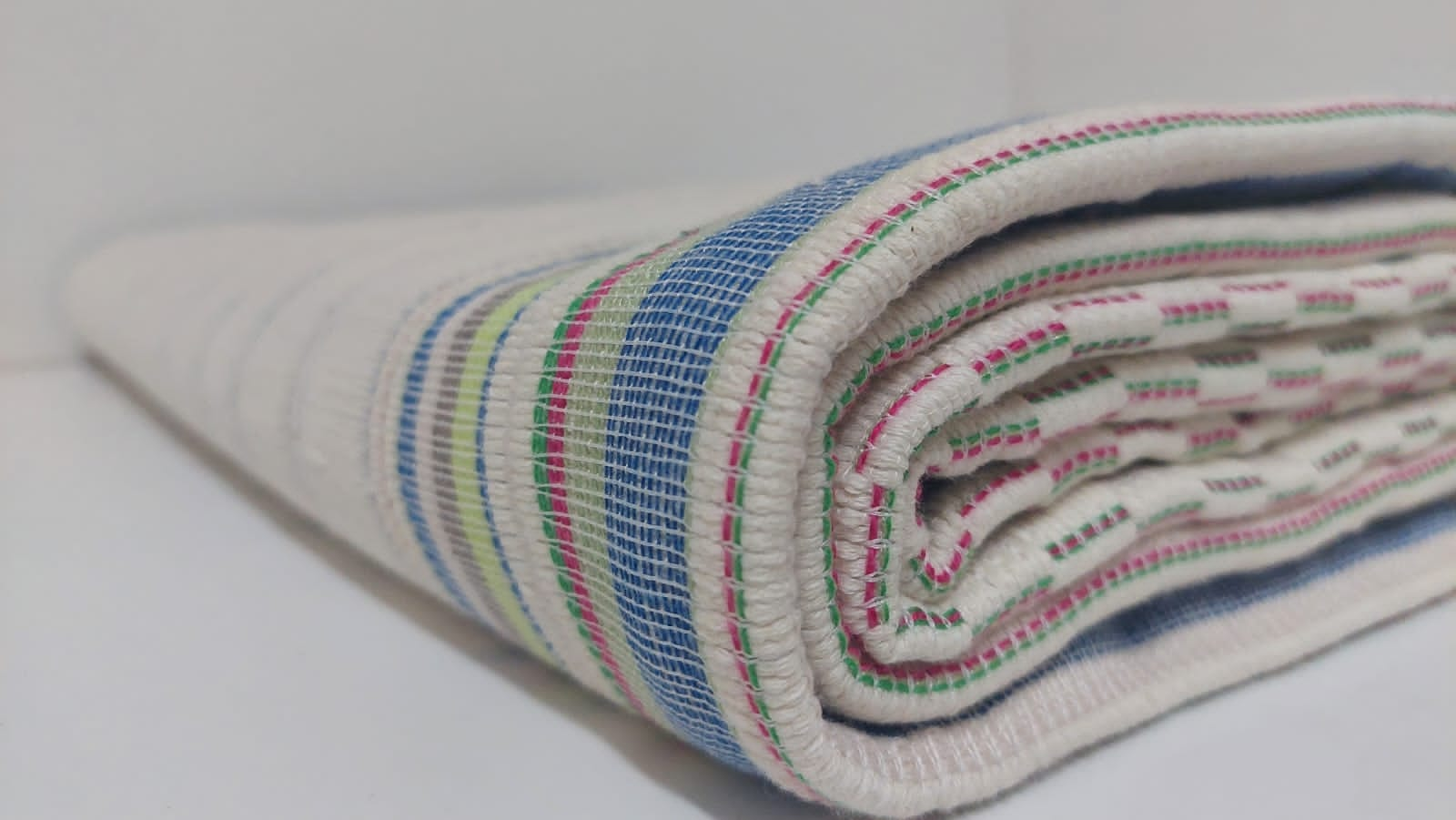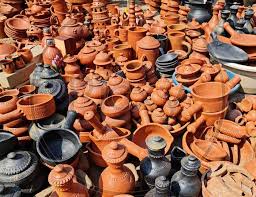Strengths and Weaknesses of Egyptian Handmade Products in Sales and Marketing
Egyptian handmade products embody centuries of culture, craftsmanship, and artistic heritage. From hand-woven textiles and copperware to papyrus art and alabaster sculptures, these items are much more than simple goods—they narrate the rich stories of Egypt’s past and present. However, when it comes to sales and marketing, Egyptian handmade products encounter both significant strengths and notable challenges. Why Are Egyptian Handmade Products Unique? Egyptian handmade products distinguish themselves on the global stage through their combination of authenticity, history, and manual craftsmanship. Each piece is crafted using traditional techniques handed down through generations, making them difficult to replicate through mass manufacturing and imbuing them with unique character. Strengths of Egyptian Handmade Products in Sales and Marketing Strong Cultural and Historical Value One of the greatest marketing advantages of Egyptian handmade products is their deep-rooted cultural and historical significance. Products connected to Egypt’s ancient civilization, Islamic art, or Coptic heritage naturally appeal to a diverse group of buyers, including tourists, collectors, cultural institutions, and international consumers who seek authentic items. In digital marketing, keywords such as "authentic Egyptian crafts" and "traditional Egyptian handmade products" perform strongly across global search engines, helping boost visibility and reach. Authenticity and Storytelling Power Modern consumers are increasingly drawn to products with compelling stories. Egyptian handmade goods offer rich narratives about their origins, the artisans who made them, and the traditions they embody. These stories provide excellent material for content marketing, social media engagement, and strategic brand positioning. High Perceived Artistic Value Handmade products from Egypt are often viewed as exclusive, artistic, and limited-edition pieces. This perception enables artisans and sellers to position their products within premium or niche markets, especially in international arenas where uniqueness is highly valued. Growing Global Demand for Handmade and Ethical Products There is an increasing global demand for handmade, ethically sourced, and sustainable products. Egyptian artisans can capitalize on this trend by marketing their crafts with messaging that emphasizes eco-friendly production and ethical sourcing. Competitive Pricing Compared to Global Handmade Markets Despite their artistic and cultural value, many Egyptian handmade products are competitively priced when compared to similar crafts from Europe or East Asia. This price advantage makes them attractive options for international buyers, especially on e-commerce platforms. Weaknesses of Egyptian Handmade Products in Sales and Marketing Limited Digital Presence A significant challenge facing Egyptian artisans is their reliance on local bazaars, physical shops, and seasonal tourism. This dependence limits their visibility on search engines, social media, and global marketplaces, ultimately reducing their sales potential. Weak Branding and Packaging Many Egyptian handmade products suffer from inconsistent branding, lack of professional product photography, and unattractive packaging. These shortcomings affect buyer trust and perceived value, particularly in online sales environments. Poor Market Segmentation Another common issue is the absence of clear market segmentation. Many sellers do not sufficiently define their target audience, distinguish between local and international buyers, or separate retail from wholesale markets. Without effective segmentation, marketing messages become generic and less impactful. Logistics and Shipping Challenges International sales are often hampered by high shipping costs, customs delays, and issues with fragile packaging. These logistical hurdles can discourage repeat purchases and limit the ability of artisans to expand into global markets. Lack of Marketing Skills Among Artisans While Egyptian artisans excel at creating beautiful products, many lack expertise in SEO, digital advertising, and e-commerce. This gap in skills leads to dependence on intermediaries, which can reduce profit margins and hinder growth. How Can Egyptian Handmade Products Improve Sales and Marketing? To address these weaknesses, sellers and platforms should prioritize digital transformation by utilizing online marketplaces, creating SEO-optimized product listings, and offering multilingual content. Storytelling should be used to highlight artisan stories, techniques, and heritage, while visual branding efforts should focus on improving product photography, logos, and packaging. Targeted marketing, including social media ads and outreach to niche audiences and cultural buyers, can enhance effectiveness. Finally, building trust through reviews, certifications, and transparent pricing will encourage customer confidence and loyalty. Egyptian handmade products possess remarkable strengths rooted in history, artistry, and authenticity, but they also face modern marketing and digital challenges. Bridging the gap between traditional craftsmanship and contemporary marketing strategies is essential for unlocking sustainable growth both locally and internationally. With the adoption of the right platforms, SEO-driven content, and smart digital marketing approaches, Egyptian artisans can successfully transform their rich traditions into global business success.
Edited by crafftiz editorial team
Read More


